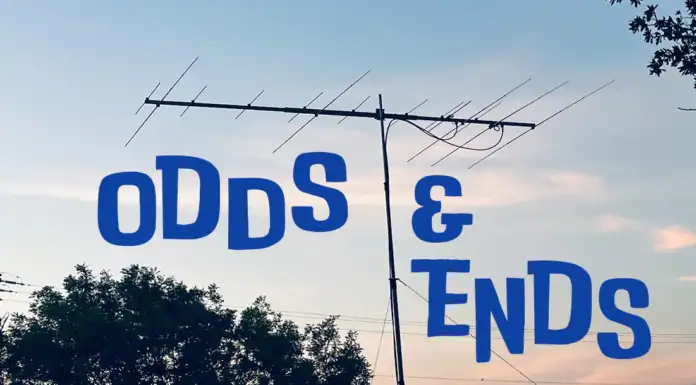Life goes on at K5ND. Sometimes, there’s nothing at all on 6 meters and even less on 2 meters. However, at least the 6-meter band occasionally opens up. And during this part of the sunspot cycle, we’re starting to see some incredible propagation via the ionosphere’s F2 layer. So, here’s my update on what’s happening in EM12.
Six Meter Grid Chase
Over time, as six meters plays nice, I picked up some new grids here and there. Of course, the remaining USA grids are limited to the three before I earn the FFMA award. But there are plenty of opportunities outside the continental USA. Here’s the list for October and November.
- EA1EAU – IN70
- VO1CH – GN37
- UT1FG/MM – HM16
- KL2R – BP64
- G8VHI – IO92
- IT9DSZ – JM68d
- F4EZJ – JN05
- IZ1GLT – JN34
- IK8YTA – JN70
- IK8DYD – JN62
- CA1CUO – FG57
- JA8LJL – QN23
- JA7MIT – QM08
- EA2W – IN83
- PA0WRS – JO21
Most of those are confirmed. My six-meter grid count is now at 844.
Update from November 16: I managed to work two new grids on 2 meters, which is unusual. It was WS9V in EM59 on FT8 with strong tropo at play. I’ve tried several times to work Skip on meteor scatter, but I got lucky this time. I also worked K5UBE in DM84. We tried a few times in the past, but this time, we found some tropo that made it work. I’m now at 169 grids on 2 meters.
DXCC Update
I’ve also been fortunate to pick up a few new countries, bringing my total to 86. Here’s the recent list, highlighted by a new state to complete Worked All States on 6 meters.
- KL7HBK – BO49, new DXCC plus new State, completing WAS on 6 meters.
- UW5ZM – KN57, plus new DXCC
- 9H1TX – JM75, plus new DXCC
- VK9DX – RG30, plus new DXCC
I’ve also had some near misses, with signals received, but nothing worked. Here’s the list.
- ZD9GJ
- KG6DX attempts – FT8 and CW
- 7Q6M
ARRL Frequency Measuring Test
I’ve entered the ARRL Frequency Measuring test a few times. I’ve often finished in the “green box,” which designates measuring the four transmissions within 1 Hz. That happened again this month, and I also ranked seventh in ppm of the measured frequencies.
This was the first time I used the Icom IC-746PRO, which has the CR-388 high-stability oscillator. After warming up for a couple of days and calibrating it two hours before the measurements, it worked very well. I also spent some time polishing my procedures so that everything went smoothly.
Miscellaneous Bits
I’ve also been working on the equipment setup for the January VHF contest, where I hope to enter the portable category. I picked up a Windows Laptop to replace my 2013 MacBook Air. This will allow me to use all the usual Windows software, including N3FJP’s VHF Contest Logger, which should help me identify and avoid dupes. I’ve also programmed a few FM repeater frequencies on 144 and 432 MHz in case I need to request some QSOs on the simplex frequencies.
I’ve also signed up to write the September VHF Contest Full Results Article. That’s in addition to the June VHF Contest Full Results Article. At this point, I’m waiting for the log-checking to conclude.
Plus, I’ve worked on the EZNEC analysis of my 2 meter 8-element Quad. I added ground effects and gained a great deal of insight.
That’s the news. I hope you’re having fun and that six meters will soon pick up like a rocket!
Here’s the 6 meter WAS certificate.







